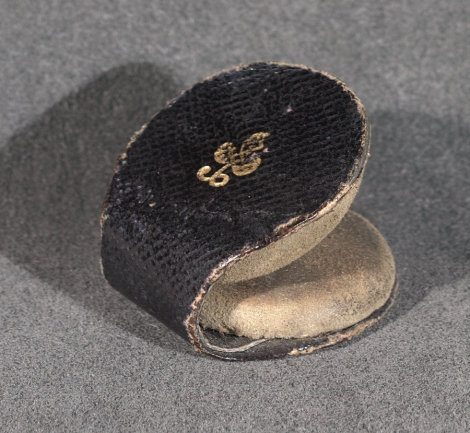 Deb Brown, a good friend from the Shawnee Mission, Kansas district, shared a statement with me several years ago and it’s rattled around in my head ever since.
Deb Brown, a good friend from the Shawnee Mission, Kansas district, shared a statement with me several years ago and it’s rattled around in my head ever since.
“Primary sources belong to everyone. Not just the smart kids.”
I like that.
Something else she said caught my attention.
“Kids should read like a detective and write like an investigative reporter.”
With the new Kansas state standards in full force and the NCSS C3 document just out, this sort of thinking needs to part of every teacher’s world view.
Around the same time, Deb shared some of the things that teachers in her district were using to help kids make sense of all sorts of historical evidence. They fit perfectly into the first C of the 4C’s framework I’m developing for social studies teachers:
- Collect
- Collaborate
- Create
- Communicate
And using graphic organizers help meet Common Core literacy standards. So I’ve borrowed what she shared and put them together with a few other things to come up with a list of eight highly effective strategies. Together, they provide students with a variety of powerful data collection tools that they can use as they work to solve problems.
1. POSERS
We know that the brain loves visuals. But we don’t use them enough or don’t ask kids the right sorts of questions when we do. Use POSERS with different types of visuals, photos, paintings. Even videos.
- People
- Objects
- Setting – place and/or time
- Engagement / Action
- Relationships
- Summary
You might try it with this 1962 image at George Smathers Beach in Key West.
Get a POSERS pdf here.
2. MUSEUMS
We need to use more artifacts and objects with our students.
- Materials
- Used by
- Setting
- Exact Description
- Used for
- Modern equivalent
- Significance / Story of the artifact
You might try MUSEUMS with this object. Any guesses?
3. LUKCAS
As teachers, we don’t use charts and graphs enough. Kids need to understand how to use numerical data and having them analyze charts using LUKCAS helps them make sense of that sort of data.
- Label
- Units
- Key
- Content
- Assumptions or attitudes
- Summary
4. TOADSKI
I love maps. You’ve heard that, what . . . a 100 times? Kids do too. We just need to frame the conversation better. And the kinds of questions found in this graphic organizer helps start that conversation
- Title
- Orientation
- Author
- Date
- Scale
- Key
- Insets / Index
5. SOAPS
Okay. We all use primary and secondary textual documents. SOAPS works great for grades 4-8. It’s a great scaffolding strategy for prepping kids for more in-depth analysis. Find out more and get a template here.
- Source
- Occasion
- Audience
- Purpose
- Speaker
6. APPARTS
Same idea as SOAPS but better suited for high school kids. You can also try it with middle level but be prepared to spend time scaffolding the concepts. The Teaching History site has more helpful info. Get a template here.
- Author
- Place and Time
- Prior Knowledge
- Audience
- Reason
- The Main Idea
- Significance
7. SPRITES
This organizer is a lot like PERSIA. It helps kids wrap their heads around larger topics or events. Think Battle of Gettysburg or the Black Death in Europe.
- Settings
- Politics
- Religion
- Intellectual
- Technology
- Economic
- Summary
8. TACOS
Love the food. Love the strategy. Use TACOS to help kids figure out political cartoons.
- Time
- Action
- Caption
- Objects
- Summary
Extra bonus? National Archives and Library of Congress tools should not be ignored. Both provide awesome resources for kids to use.
(The artifact pictured above? An eyeglass cleaner used by Abraham Lincoln and found in his pocket after his assassination. Find a very cool lesson plan documenting all of the artifacts found in Lincoln’s pockets by going here.)


1 thought on “8 sweet graphic organizers for primary sources”